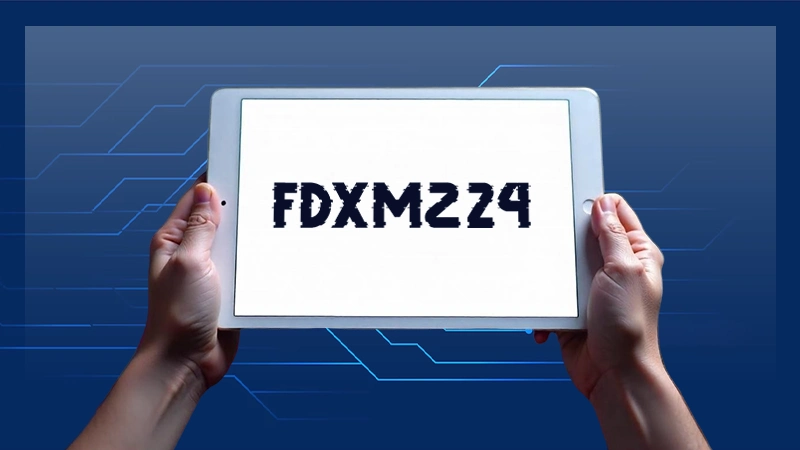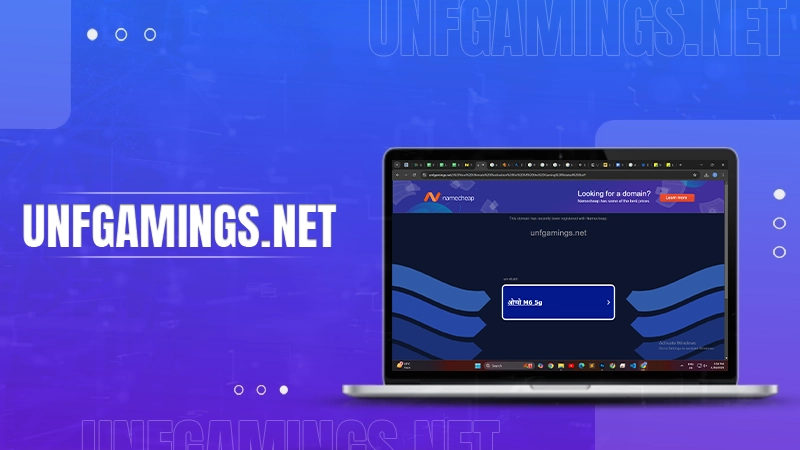Does Using Technology Help College Students? Exploring the Impact and Benefits
In today’s rapidly evolving world, technology has become an integral part of our daily lives, transforming the way we communicate, work, and learn. According to Statista 56% of students desire that their educators should allow using devices. Besides this, EdWeek analysis states that 53% of teachers believe that rising access to individual systems makes teaching easier.
In higher education, the question often arises: Does using technology help college students? This article, brought by the eduboard.com service, delves into the various ways in which technology can enhance the college experience, from improved learning outcomes to enhanced engagement and preparation for future careers.
Does Using Technology Help College Students?: A Paradigm Shift in Education
In recent years, the higher education landscape has undergone a significant transformation due to the integration of technology. From digital classrooms to online learning platforms, the use of technology has revolutionized traditional teaching methods. This shift has led to a more personalized and interactive learning environment, catering to the diverse needs of modern college students.
The Benefits of Incorporating Technology in College Education
Enhancing Access to Information
Incorporating technology in college education has broken down geographical barriers and provided students with unprecedented access to a wealth of information. Online libraries, scholarly databases, and e-books have made research more convenient and comprehensive. They can now explore a wide range of academic resources from the comfort of their dorm rooms, empowering them to delve deeper into their chosen fields of study. For those seeking assistance, affordable cheap writing services are also available online, offering support in various aspects of academic writing and research.
Fostering Active Engagement
Interactive learning tools and multimedia resources have revolutionized the way students engage with course material. Rather than passively absorbing information, technology enables active participation through simulations, virtual labs, and collaborative online projects. This dynamic approach not only makes learning more enjoyable but also enhances critical thinking and problem-solving skills.
Tailoring Learning to Individual Needs
One of the greatest advantages of technology in education is its ability to adapt to individual learning styles. With intelligent algorithms and learning analytics, educational platforms can identify each student’s strengths and weaknesses. This data-driven approach allows educators to customize experiences, ensuring that students receive targeted support where needed.
Preparing for Future Careers
In today’s digital age, technological proficiency is a critical skill in virtually every profession. By integrating technology into the college curriculum, students are better prepared for the demands of the modern workforce. From coding boot camps to online business simulations, technology-enabled learning equips students with practical skills and real-world experiences that translate directly to their future careers.
Encouraging Self-Directed Learning
Technology empowers students to take control of their own learning journeys. With online tutorials, video lectures, and interactive quizzes, they can reinforce their understanding of complex concepts at their own pace. This self-directed approach fosters a sense of autonomy and responsibility, qualities that are invaluable for success both in academics and beyond.
Talk It Out: Can Computers Replace Teachers?
In the ongoing discourse about the potential of technology in education, whether computers can replace teachers emerges as a captivating and contentious topic. The rapid advancement of digital tools and artificial intelligence has given rise to innovative educational platforms, sparking curiosity about the extent to which these technologies could reshape traditional classroom dynamics.
Proponents of computer-driven instruction emphasize the efficiency, scalability, and personalized opportunities to learn that technology can offer. They envision a future where algorithms analyze individual learning patterns and adapt the content in real-time, creating a highly tailored educational experience.
On the other hand, skeptics raise thought-provoking concerns regarding the indispensable human elements that teachers bring to education. Beyond conveying facts and figures, teachers play a pivotal role in nurturing emotional intelligence, fostering critical thinking, and providing mentorship.
The emotional connection and rapport between educators and students contribute to a holistic learning environment that goes beyond the capabilities of computers. While technology can enhance and supplement the educational process, the distinctive qualities of human educators – empathy, creativity, and adaptability – remain irreplaceable cornerstones of effective education.
As we explore the intricacies of this debate, we delve into the potential, challenges, and complexities of integrating technology into the realm of teaching and learning.
Conclusion
In conclusion, integrating technology into college education has brought about a paradigm shift, enhancing how students learn, engage, and prepare for their future careers. From fostering active participation to tailoring learning experiences, it offers a multitude of benefits that empower students to thrive in the digital age. While challenges exist, proper integration and guidance can harness the power of it for the betterment of higher education.
FAQs
Ans: Technology complements traditional methods, enhancing them with interactive and personalized learning experiences.
Ans: Virtual group projects and online discussion forums encourage students to collaborate, share ideas, and learn from one another.
Ans: While distractions are possible, proper integration and guidelines can mitigate these issues, focusing technology on productive learning.
Ans: On the contrary, it can facilitate communication, allowing learners to connect and collaborate regardless of physical location.
Ans: On the contrary, it can facilitate communication, allowing learners to connect and collaborate regardless of physical location.
Ans: Technology equips students with the adaptable skills and tech-savviness, necessary for success in diverse and evolving industries.
Ans: Over-Reliance on it without proper balance can hinder critical thinking and interpersonal skills development.









